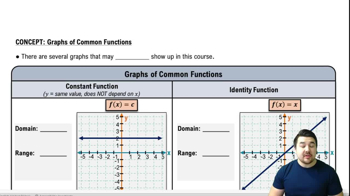Find a calculator approximation to four decimal places for each circular function value. See Example 3.
cot 6.0301
 Verified step by step guidance
Verified step by step guidance Verified video answer for a similar problem:
Verified video answer for a similar problem:



 6:11m
6:11mMaster Introduction to the Unit Circle with a bite sized video explanation from Patrick
Start learning